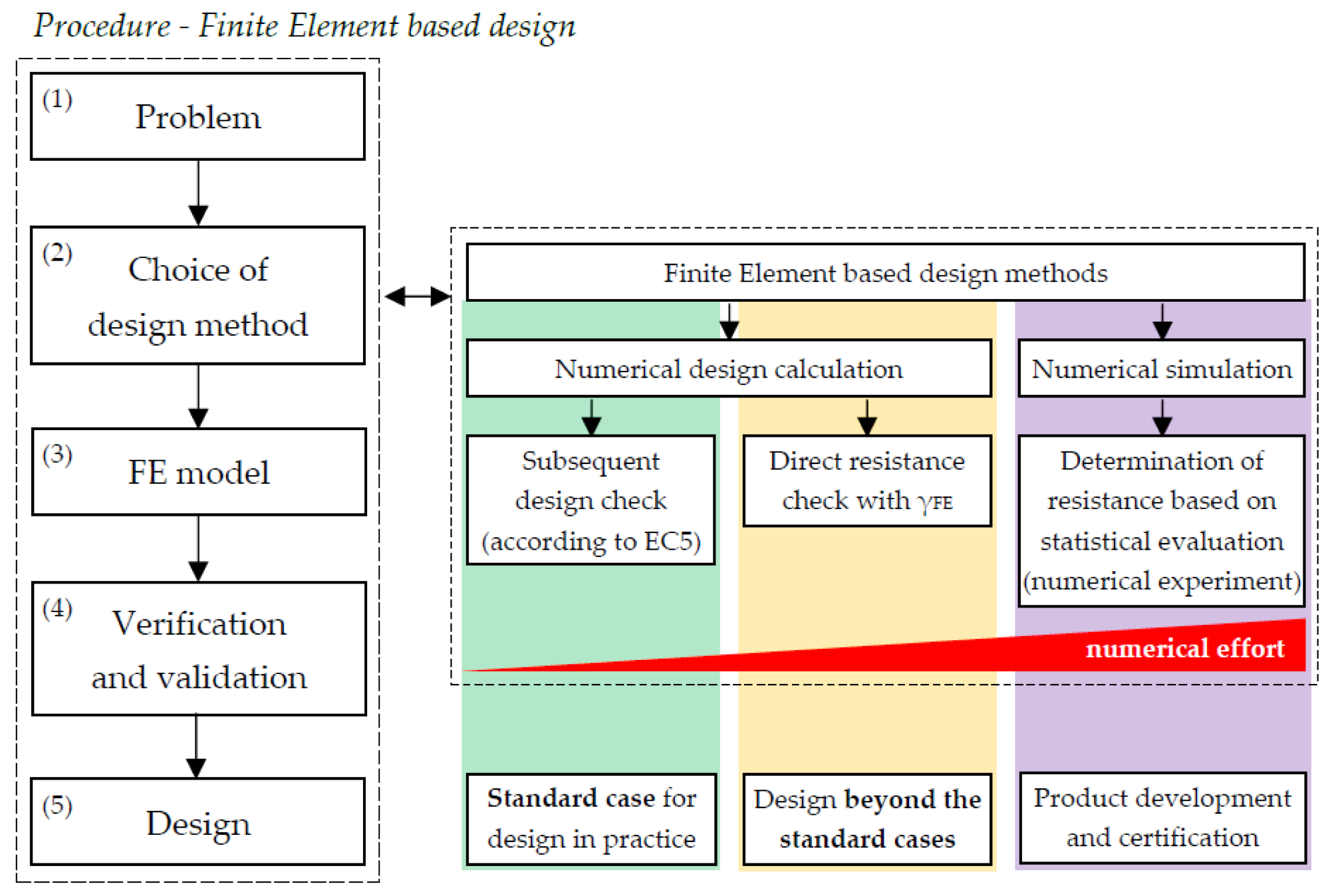A new paper on Guidelines for a Finite Element Based Design of Timber Structures and Their Exemplary Application on Modelling of Beech LVL was published in the Buildings Journal.
Abstract
Design verifications of buildings are usually carried out supported by a finite element analysis (FEA), for which, however, there are only a few and almost exclusively non-binding application rules. Within the Cluster of Excellence Integrative Computational Design and Construction for Architecture (IntCDC) at the University of Stuttgart, Guidelines for a Finite Element-Based Design of Timber Structures have been developed. The scope of the guidelines is daily engineering practice, expert engineering applications and product development and certification. Essential parts of the guidelines are design procedures, modelling (including geometrical, material and imperfection modelling), analysis, model verification and validation and design. The content and application of the guidelines are described and illustrated in this paper using two benchmarks. These two benchmarks, which are based on experimental investigations, deal with the elastic material modelling of glulam made of beech laminated veneer lumber (beech LVL) and dowel-type connections for beech LVL members. The experimental basis of the benchmarks is described. With the experiments for the benchmarks, all Poisson’s ratios and the complete elastic material stiffness matrix of beech LVL are determined by means of an optical measuring system. The experimentally determined stiffnesses of the investigated dowel-type connections in beech LVL are compared with normative values. Based on the experiments, a numerical model is developed in RFEM (Dlubal).

More information on the paper here.


